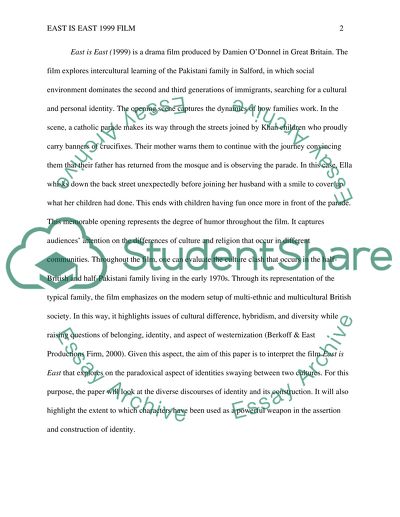Cite this document
(“Cross Culture psychology Term Paper Example | Topics and Well Written Essays - 2500 words”, n.d.)
Retrieved from https://studentshare.org/psychology/1398858-cross-culture-psychology
Retrieved from https://studentshare.org/psychology/1398858-cross-culture-psychology
(Cross Culture Psychology Term Paper Example | Topics and Well Written Essays - 2500 Words)
https://studentshare.org/psychology/1398858-cross-culture-psychology.
https://studentshare.org/psychology/1398858-cross-culture-psychology.
“Cross Culture Psychology Term Paper Example | Topics and Well Written Essays - 2500 Words”, n.d. https://studentshare.org/psychology/1398858-cross-culture-psychology.


